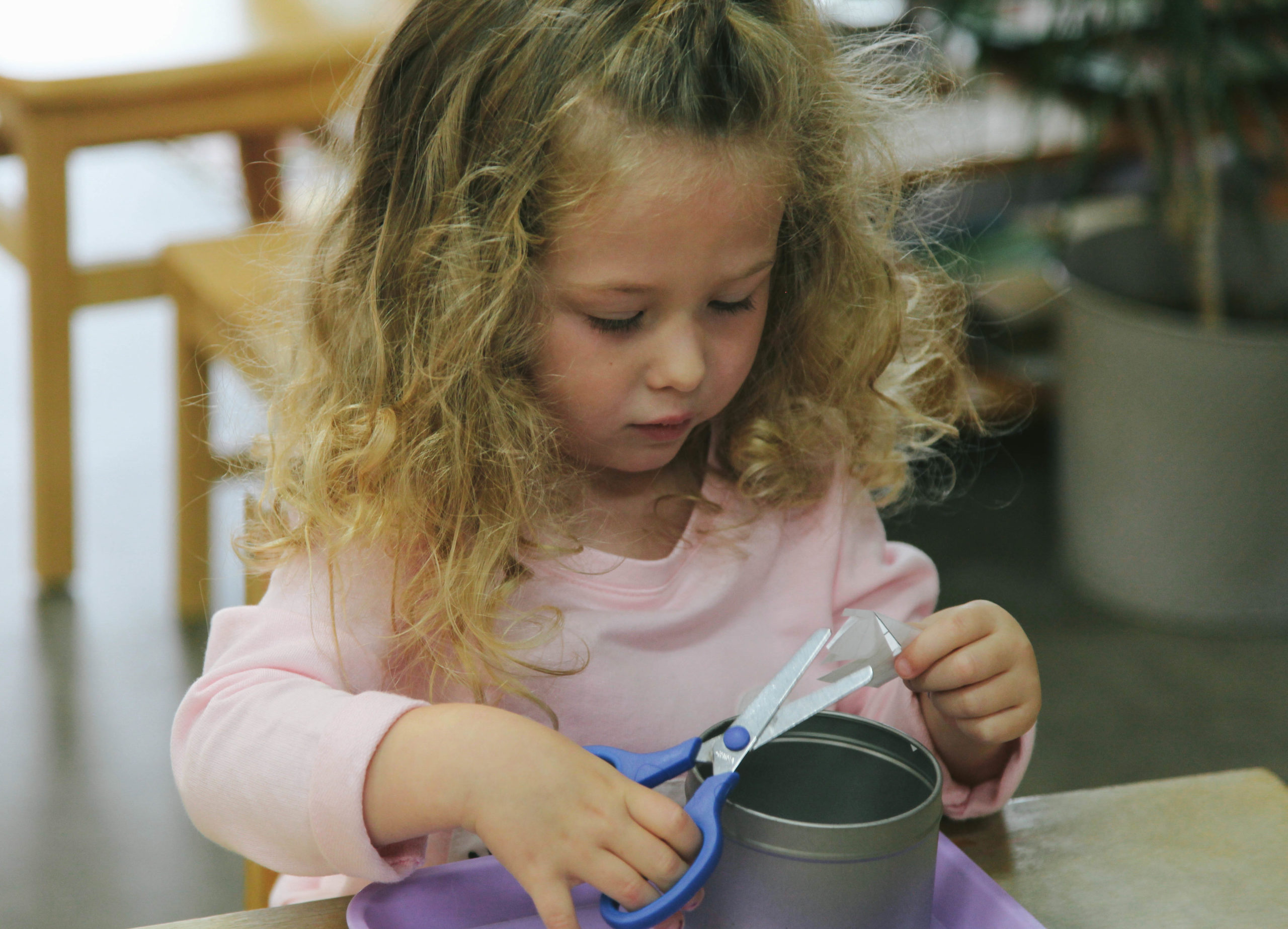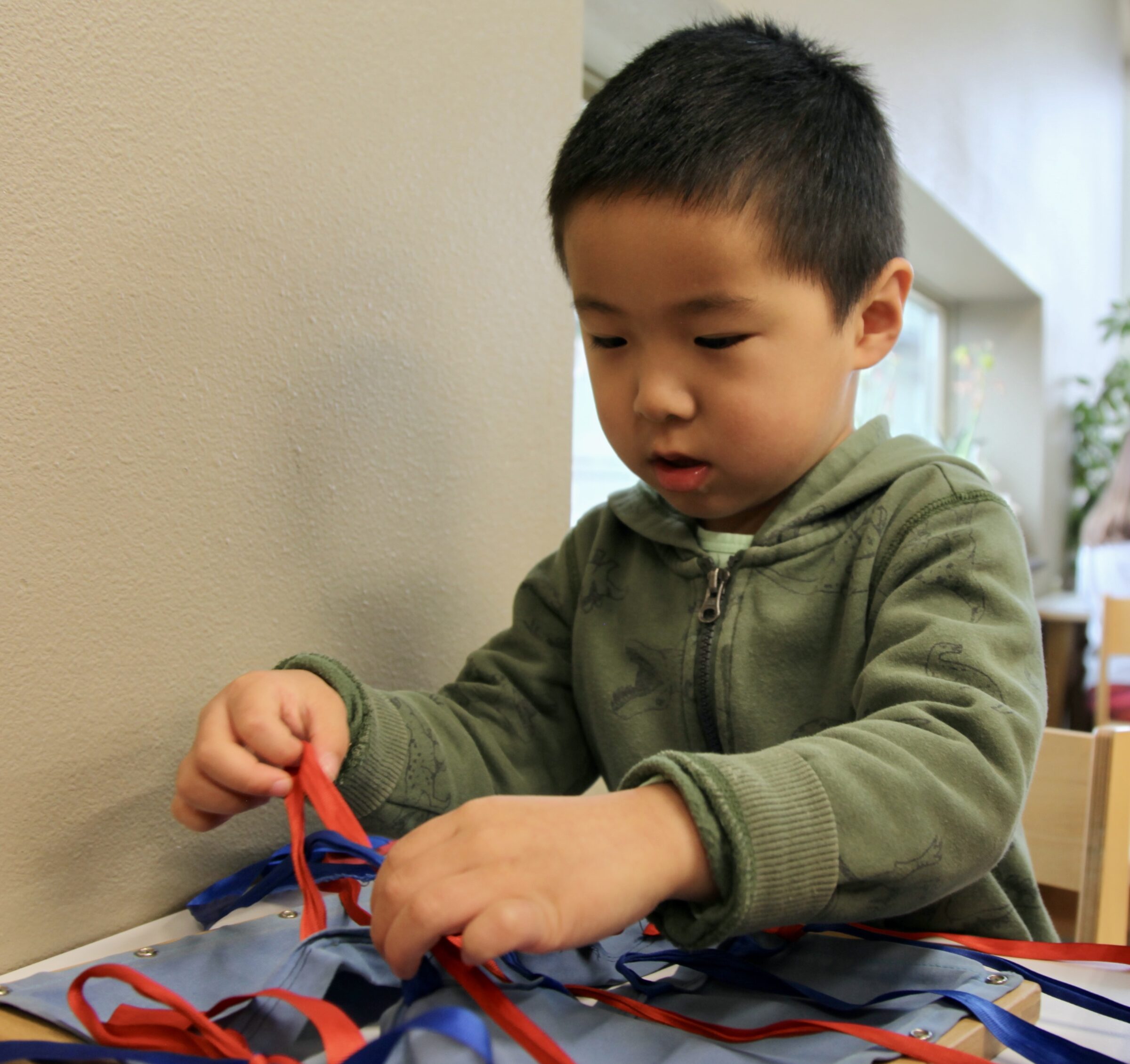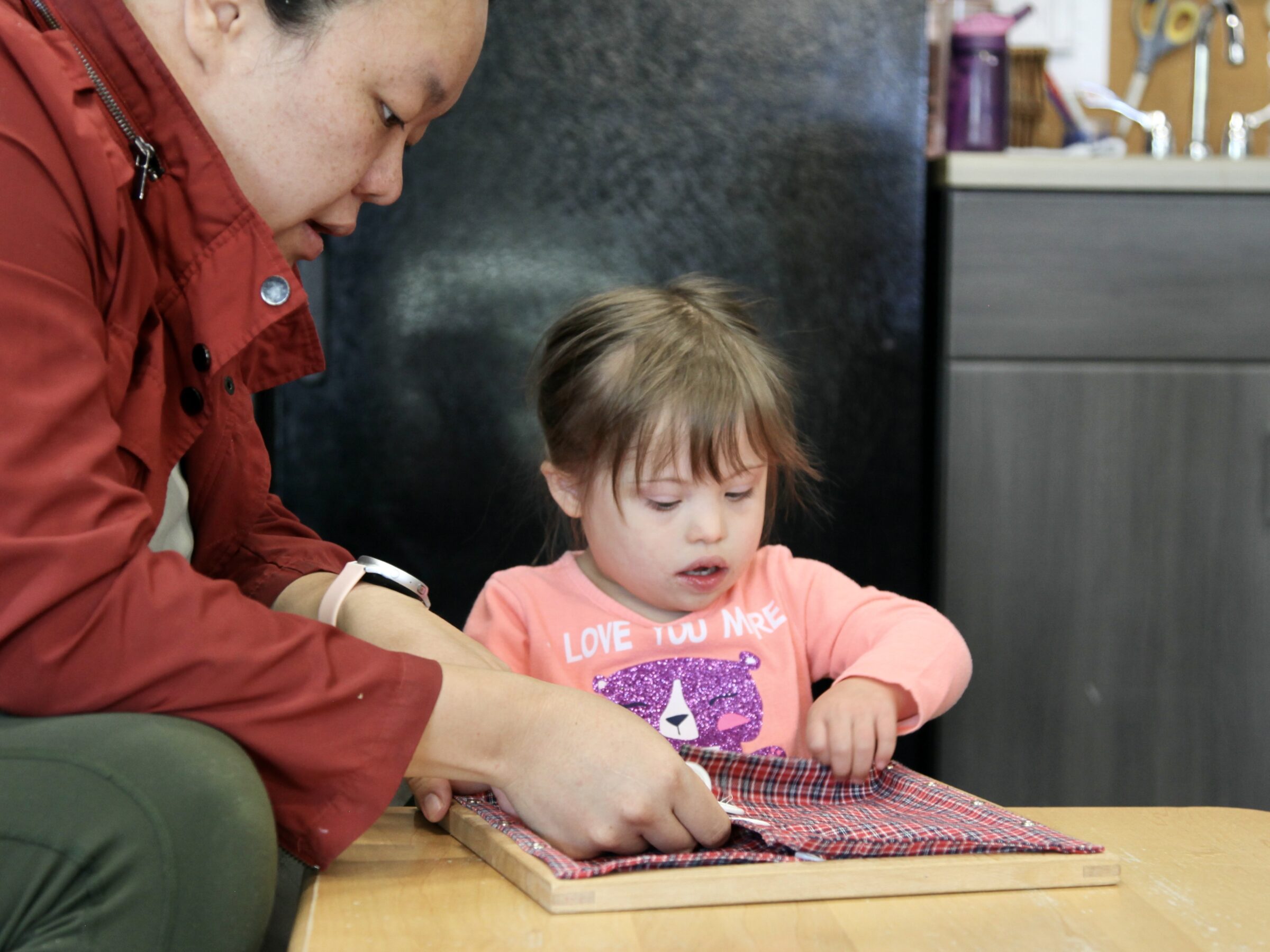The Benefits of Process Art
Podcasts
For a podcast of this post, listen here or subscribe on iTunes.
Handprints, circles with eyes and long long legs, scribbles and blobs with a rich backstory, every child is an artist! The trouble comes when the art starts accumulating, and we just don’t know what to do with it anymore. The fridge is only so big, when a drawer is stuffed to overflowing things get crumpled and torn, and how do we know what to keep? Is all of it important? Is none of it?
We can get overwhelmed with art, particularly if we or someone we love identifies as an artist. There is so much creativity, but we all have limits on space, whether it’s a large or a small limit. We don’t want to stifle creativity, and saying “no more art” feels like exactly that.
As adults, we get to “prepare the environment.” You know your child best, so tap into and trust that knowledge.
Emphasize process art. Process art is about the doing, not about the end result. If you have an avid painter, put painting rocks with water on the art shelf, rather than watercolors at the easel. Consider a Buddha board, particularly for a birthday or holiday present. Go outside and paint the deck or the sidewalk with water. All these are, by nature, temporary, and satisfy the need to create without creating a product.
There are other ways to encourage process art. Cut pieces of recycled paper. Scribble or color on newspaper or scrap paper, then use for kindling if your family camps or celebrates summer around a fire pit, or added to a compost bin or lining the inside of a flower pot. Play-doh, salt dough, and other forms of clay are naturally reusable, and inexpensive when they start to get crumbly and dry out.
“When it comes to evaluating children’s art, children and adults alike tend to reward and affirm representational accuracy. When we commend art and creativity in society, it’s typically ‘outside the box’ thinking, a growth beyond conventional expectations.”
Set logical limits. If you have a child who could draw from sunup to sundown, place a limit. Set out one, or two, or ten pieces of paper at a time, whatever feels appropriate to you. When the paper is gone, that activity is done. One of the beauties of limits is how it inspires creativity. You might notice a child who was making a quick scribble on a piece of paper and then asking for another spending significant amounts of time meticulously covering each square inch of the paper, then turning it over.
Another natural limit is color choice. A certain famous yellow crayon box comes in seemingly endless options, though I often find myself spending more time looking for just the right shade, rather than coloring or drawing. When we have a set of eight crayons, we explore more, discovering what happens when we press more firmly or barely touch the crayon to the paper, or what happens when we (accidentally OR on purpose) cross two or more colors.

Give different outlets for creativity. We sometimes get a bit, well, uncreative with our views of creativity. We think creativity is only imagination and make-believe, when it’s really just creating. Tell a story, or share what you did during the day. Cook or bake together, following a recipe or not! Set the table and decide: folded napkins, rolled and in rings, or napkin origami? Candles or a small flower arrangement? Even the art of arranging flowers is an opportunity for creativity. Build legos or blocks. Engage in fiberarts or handcrafts. Play dress up, or create new combinations with your same old clothes. Clean a shelf and rearrange your treasures. Organize your books by size, color, theme, title, or favorites. We’re creative all day long, not just with art materials.
We have opportunities to encourage and develop the creative process without always having more drawings. For the past decade or so, we’ve heard about “fixed” and “growth” mindset from researcher Carol Dweck. Process art is in line with helping children develop a growth mindset. When we focus on the product, it’s easy to feel competent or discouraged, and thus limit ourselves. It’s the difference between “I drew a good horse” and “I enjoyed drawing this. I was thinking of a horse.” When it comes to evaluating children’s art, children and adults alike tend to reward and affirm representational accuracy. When we commend art and creativity in society, it’s typically “outside the box” thinking, a growth beyond conventional expectations. This can only come from reveling in the process, enjoying the learning, finding joy in making mistakes.
All process art has a product — development, experience, learning. Practice with a coloring tool prepares the hand, the eye, and the mind to work in cooperation to prepare for handwriting. Drawing or painting gives experience with imagination, thinking of something that isn’t directly in front of the artist and choosing how to represent this — just like we do in creative writing. When we’re sculpting with clay and it doesn’t turn out just right, we’re experiencing the disappointment and try-again of making mistakes. We’re going to make a lot of them.
Written by:
Charlotte Snyder




